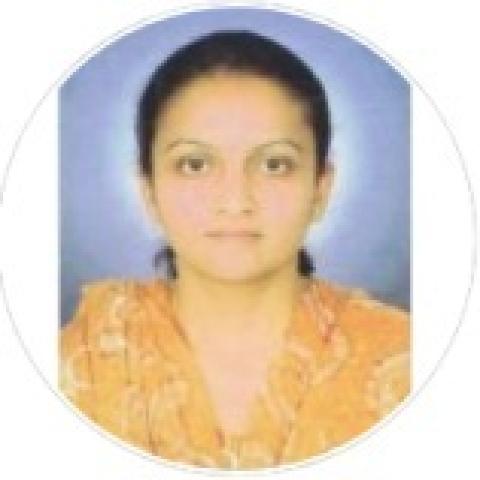Dr. Anjali Dave

Total Experience : 8 years
| Qualifications: | Ph.D. |
| Specialization: | COMPUTER AIDED DESIGN AND MANUFACTURING |
| Current Activities: | |
| Memberships: | |
| Industry Experience: |
2017 International Journal
Authors: Dr. Anjali Dave, Prof. A.N.Dave
Journal: International Journal of Engineering & Technology & Science
2022 International Journal
No abstract available
Authors: Dr. Anjali Dave,
Journal: GIS SCIENCE JOURNAL
2024 International Journal
No abstract available
Authors: Dr. Anjali Dave,
Journal: Concurrent Engineering
2025 International Journal
Shrinkage porosity is one of the significant challenge in metal casting process that influence productivity and energy efficiency particularly with castings that are not produced as per the requirement of Original Equipment Manufacturers (OEMs). To address this issue, proactive measures and predictive techniques are essential. Among these, the criterion function stands out as an important empirical model widely explored in the literature. It intricately connects solidification process to the development of shrinkage porosity by considering the key variables such as molten metal velocity during solidification, cooling rate and thermal gradient to offer predictive insights into the position and existence of porosity. It is necessary to establish a criterion function that takes into account the impact of geometric variation on the degree of shrinkage porosity. In this paper, a geometry-based quantitative prediction model for ductile iron castings was developed using a standard shape of a casting with three T-joints. By correlating actual experimental data with solidification simulation results, meaningful insights were obtained and extrapolated. The resulting quantitative prediction model that incorporates the effects of geometric variation has been validated and provides better prediction of shrinkage porosity
Authors: Dr. Anjali Dave,
Journal: Engineering Research Express, Volume 7, Number 1